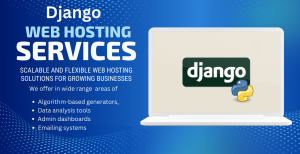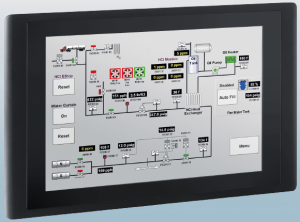Deploying Django Applications on Different Platforms (AWS, Heroku, etc.)
Django is a robust web framework by using Python, makes it easier to build website.It enables developers to swiftly build web apps. It provides a skeleton to help across the different pages. For maximal performance choosing the right platform for applying Django is most critical thus enhancing its accessbililty.In The following article different aspects of […]









